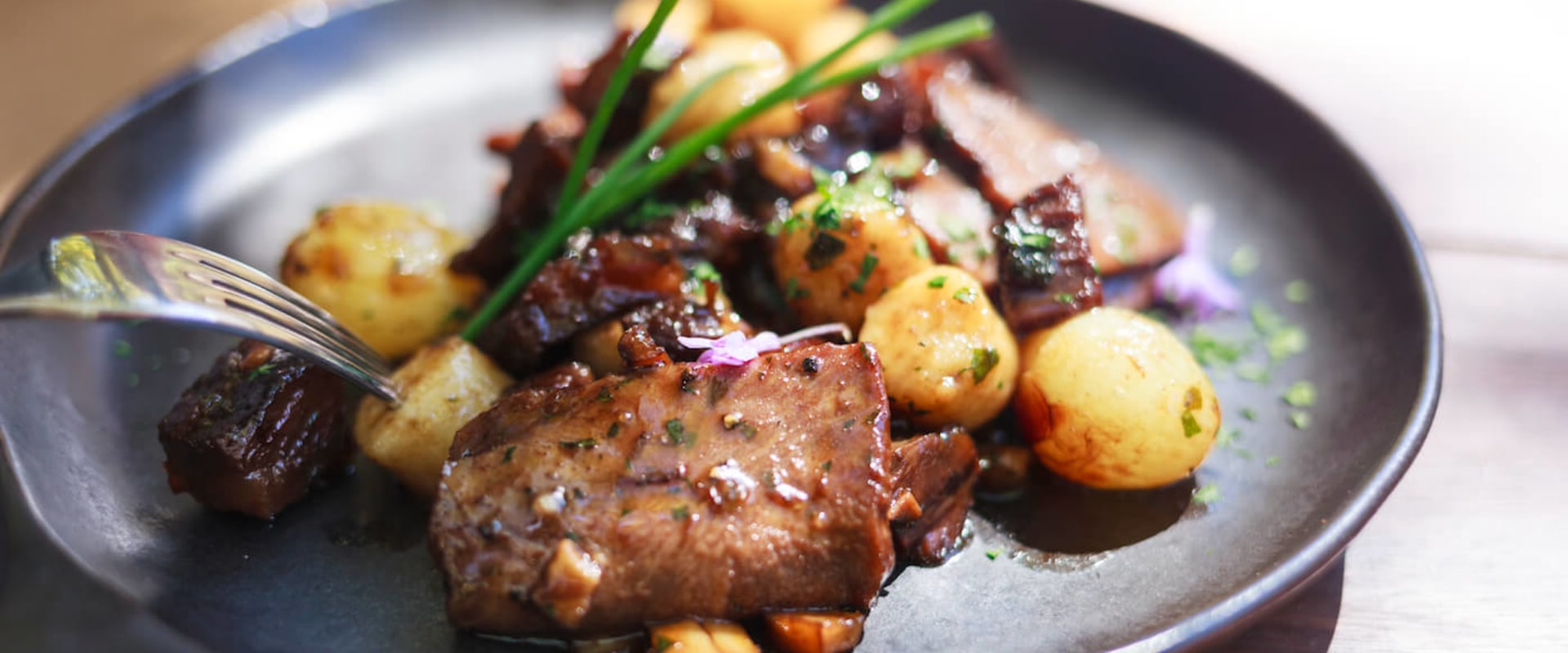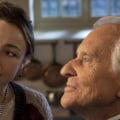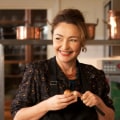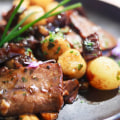During the Middle Ages, cooking began to lighten dishes in France. Over the years, as cultures changed and transformed, so did French cuisine. During the Middle Ages, cooking began to be lighter and French dishes began to become a cuisine that we would more easily recognize today. However, cookbooks and documented techniques were not published until the 17th century.
During the 15th and 16th centuries, the French were influenced by the progress of the culinary arts in Italy. Much of this occurred because Catherine de Medici (a Florentine princess) married Henry Duke of Orleans (who would later become King Henry II). Italian chefs were light years ahead of French culinary specialists. These chefs had started to prepare a variety of dishes, such as manicotti and lasagna.
In addition, they had tried the use of divine ingredients such as garlic, truffles and mushrooms. One of the defining characteristics of modern French food is that there are several dishes that are served slowly and in turn. This concept was introduced in Versailles by King Louis XIV. Instead of allowing food to be served “in confusion” as before, the Sun King encouraged the servants to bring one dish at a time.
It was also during this period that silverware became commonplace. It was these restaurants that expanded the limited menus of previous decades and resulted in all restaurants becoming completely legalized with the arrival of the French Revolution and the abolition of unions. Gastronomic tourism and the Michelin Guide helped familiarize commoners with the bourgeois cuisine of urban elites and the peasant cuisine of the French countryside starting in the 20th century. Modern French cuisine is inspired by the many culinary concepts that French chefs have developed and presented over centuries.
Haute cuisine translates to “haute cuisine” and refers to a shift in French cuisine from an emphasis on abundance and quantity to an emphasis on moderation and quality. Later, Escoffier organized the restaurant's kitchen according to the strict hierarchy that still prevails today, from the kitchen curators at the base to the party chefs who supervise the different meat, fish or starter seasons, to the sous chef and the head chef. He taught French cuisine as a sophisticated art form that required technique and precision, and his recipe manuals made French cuisine more accessible. Another marker of French cuisine that sets it apart from others is the use of high quality ingredients.
Massialot and many other royal chefs received special privileges through association with French royalty. The perceived excellence of its cuisine and restaurants has long represented a vital part of French national identity. Mastering French cuisine may take decades, but French restaurants bring this artistic cuisine to customers all over the world. During the 16th and 17th centuries, French cuisine assimilated many new foods from the New World.
In the 17th century, chefs François Pierre La Varenne and Marie-Antoine Carême led movements that removed French cuisine from its foreign influences and developed France's own indigenous style. These traditional dishes have now merged with nouvelle cuisine to form what is common in the 21st century. The cuisine of French Guiana or Guyanese cuisine is a mixture of the different cultures that have settled in French Guiana.




Leave Reply